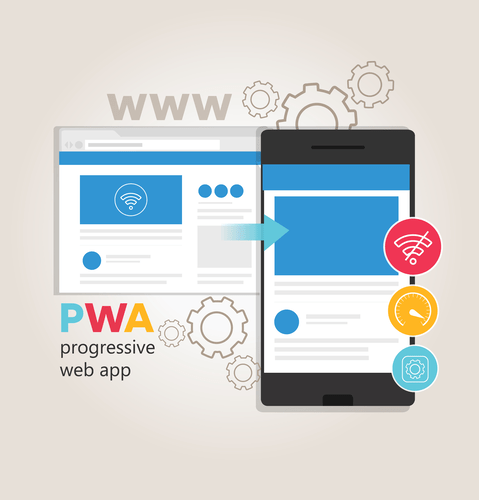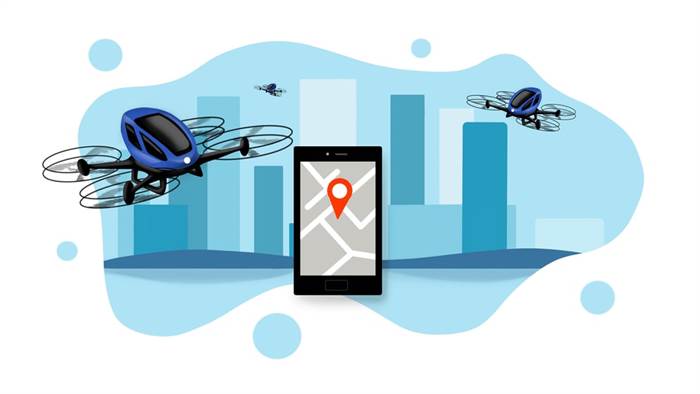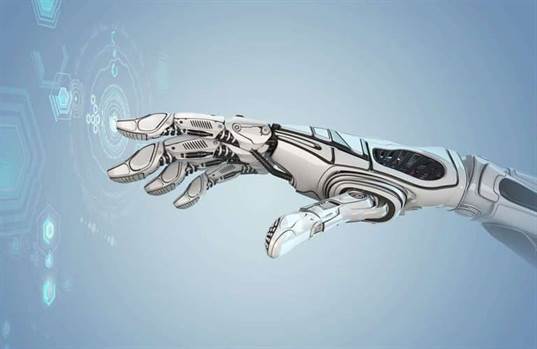
For each new technological concept, requirements are created and they exist to offer users with laws or directions when making use of those ideas. In the case of the edge and fog computing, while edge computing refers to bringing compute closer to data sources, fog computing is a normal that defines its operation and software in diverse eventualities. Heavy.AI also provides a fog computing solution that can be used to handle and course of information from IoT devices on the edge of the community. This answer can enhance the efficiency of IoT applications by decreasing latency and making certain information is processed locally.

Other organizations, together with General Electric (GE), Foxconn and Hitachi, also contributed to this consortium. The consortium’s primary targets had been to each promote and standardize fog computing. The consortium merged with the Industrial Internet Consortium (IIC) in 2019. The method you wish to leverage the cloud for your organization will assist guide you as to which model will be the finest match.
The notification message is shipped via periodic MQTT messages as the AGV continues its movement. The common updates from the AGV can then be used for numerous functions including tracking the location of inventories or supplies being transported across specified zones. The HEAVY.AI platform’s basis is HEAVY.AIDB, the quickest open-source, analytics database on the planet. Using each CPU and GPU power, HEAVY.AIDB returns SQL question ends in milliseconds—even through the analysis of billions of rows of knowledge.
Autonomous vehicles primarily operate as edge gadgets because of their vast onboard computing energy. These autos must be able to ingest data from a huge variety of sensors, carry out real-time information analytics after which reply accordingly. This greatly lowered knowledge transmission, and permits an in depth history to be gathered, if something of curiosity is captured by the sensor.
In edge computing, intelligence and power may be in both the endpoint or a gateway. Proponents of fog computing over edge computing say it’s extra scalable and offers a better big-picture view of the community as a quantity of information factors feed information into it. The key difference between these concepts resides in the place processing and “intelligence” finally takes place. Cloud computing refers to access to “on-demand” computing sources, computing power, and information storage with out the need for on-premise hardware or any lively administration by the user. Figure 1 beneath reveals a very generic architecture illustration of how multi-site companies deploy an industrial cloud answer.

With a fog layer, the edge server would first send the information to the fog layer over a localized network. The fog server would receive this information and, according to sure parameters, decide whether or not it’s value sending on to the cloud. Edge computing, because the name implies, brings data computation closer to the “edge” of the community the place information is produced. This may help to minimize or even remove the necessity for a distant data middle since all the information is processed on-site.
Fog computing, also referred to as fog networking or fogging, describes a decentralized computing structure located between the cloud and devices that produce knowledge. This flexible construction permits customers to position resources, including functions and the information they produce, in logical locations to boost efficiency. Because cloud computing isn’t viable for so much of internet of things (IoT) functions, fog computing is often used. Fog computing reduces the bandwidth wanted and reduces the back-and-forth communication between sensors and the cloud, which can negatively have an effect on IoT efficiency.
By moving actual time analytics into a cloud computing fog located nearer to units, it’s easier to capitalize on the present computing power present in those gadgets. This improves person https://www.globalcloudteam.com/ experience and reduces burdens on the cloud as an entire. Fog computing is very essential to units linked to the internet of issues (IoT).
AR/VR gaming — Fog computing handles the processing of nearby objects, ensuring easy and realistic interactions inside the VR surroundings, even with a slight internet delay. Smart traffic lights — Traffic cameras in busy intersections use fog computing to research video feeds. They can identify accidents or congestion instantly, permitting authorities to respond fog computing definition sooner and keep the town operating easily. Cisco, Microsoft, Dell, Intel, Arm, and Princeton University collaborated to develop the OpenFog Collaboration. General Electric (GE), Foxconn Technology Group, and Hitachi are more companies that participated within the partnership. The consortium’s primary targets were to advertise and standardize fog computing.

Latency is also decreased, allowing for real-time choice making since there’s no want to attend for the information to be processed in one other location. It is greatest to investigate the info in the distant place where it was created, therefore fog computing is ideal for this. In different circumstances, the information isn’t from a single sensor but rather from a set of sensors, such as the electricity meters in a neighborhood. In these cases, it’s preferable to course of and combination the info regionally somewhat than to transmit the uncooked data in its entirety to avoid overburdening the info transmission. Yet any gadget with storage, processing power, and network entry could likewise function as a fog node. These nodes are positioned in numerous strategic places when there is a massive and unfold community to offer native analysis and entry to crucial info.
With the fixed technological advances, we now face every day challenges to determine which technology is more superior and environment friendly. Cloud, edge computing, and fog computing are a couple of technological advances made over the years. An example of how the sensor, edge, fog, and cloud layers of a computing infrastructure connect. When administration will get less complicated, businesses incessantly select a centralized technique for their technological infrastructure.
So, earlier than diving into edge computing vs fog computing, it’s essential to know cloud computing. A simplified definition of cloud computing is computing energy that’s made out there as an internet service, frequently offered by a 3rd party. A good instance is online storage and file administration providers (Google Drive is one such service). In earlier blog posts, we’ve touched on edge computing and cloud computing. In this post we’re going to take a step again and take a glance at the larger image to examine edge vs fog computing.

Where a cloud must first weed via a pile of pointless knowledge before taking any motion or returning outcomes, it could now act directly upon the data that it receives from the fog layer. Using AI algorithms primarily based on historic information, this data can then be processed and analyzed to find out the probability of a system malfunction. In fact, predictive maintenance may help to cut back unplanned downtime by as much as 70%. Fog computing, a time period created by Cisco, additionally entails bringing computing to the community’s edge. However, it also refers to the usual for how this course of ought to, ideally, work. In 2015, Cisco partnered with Microsoft, Dell, Intel, Arm and Princeton University to kind the OpenFog Consortium.
In wrapping up our exploration of the differences between Edge Computing and Fog Computing, it’s evident that both ideas are revolutionizing how we process and make the most of data. Elevate your productiveness, person experiences, safety, and data safety. Explore Taikun right now at no cost or consult with our consultants to obtain personalized guidance.

This could be done by distributing servers, storage, and processing assets at the network edge or in a cloud data middle co-located with an organization’s network edge. Fog computing, also called fog networking, is a compute layer between the cloud and the edge. Where edge computing may ship huge streams of data on to the cloud, fog computing can receive the data from the edge layer before it reaches the cloud after which determine what’s related and what isn’t. The relevant knowledge will get saved within the cloud, whereas the irrelevant knowledge could be deleted or analyzed at the fog layer for distant access or to tell localized studying models. Edge computing, a distributed computing mannequin, processes information and applications on the edge of the community, near the data source.
This reduces the gap across the network that users should transmit knowledge, bettering efficiency and general community effectivity. Edge computing can handle business knowledge and send the results to the cloud. But fog computing can’t work by itself as a outcome of it doesn’t create knowledge; it wants Edge computing. Both methods are great as a outcome of they enhance user experiences, assist data move smoothly, and cut back delays.
5G is an especially compelling choice as a outcome of it offers the high-speed connectivity that is required for information to be analyzed in near-real time. Popular fog computing purposes embody sensible grids, sensible cities, smart buildings, automobile networks and software-defined networks. In edge computing, the intelligence resides proper on the gadgets themselves. These gadgets can perform primary duties and send solely probably the most essential information to the cloud or a fog layer.
Completa i campi per ricevere un preventivo
Descrivi ciò di cui hai bisogno. Il nostro staff prenderà in consegna la tua richiesta e ti risponderò nel minor tempo possibile